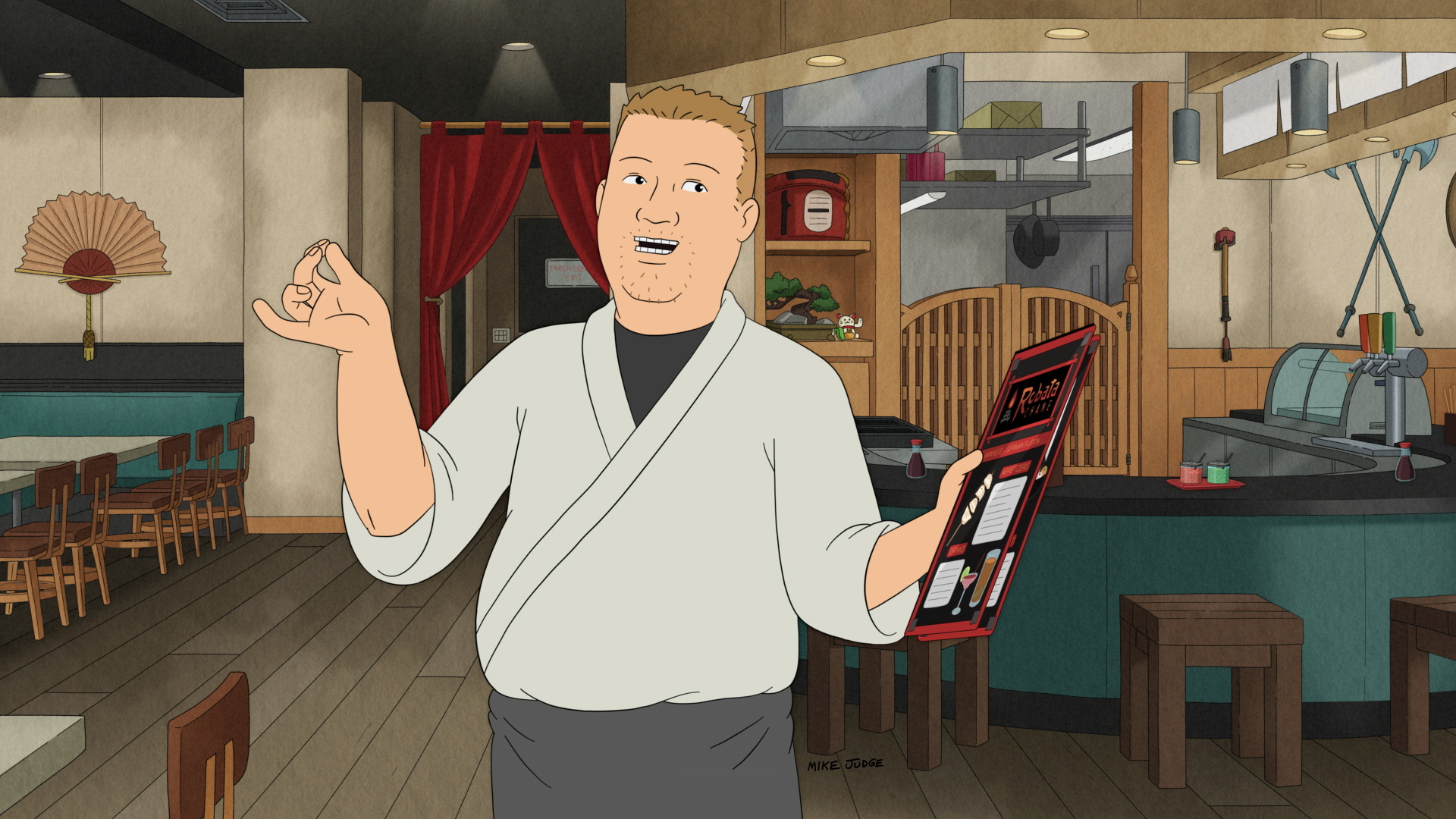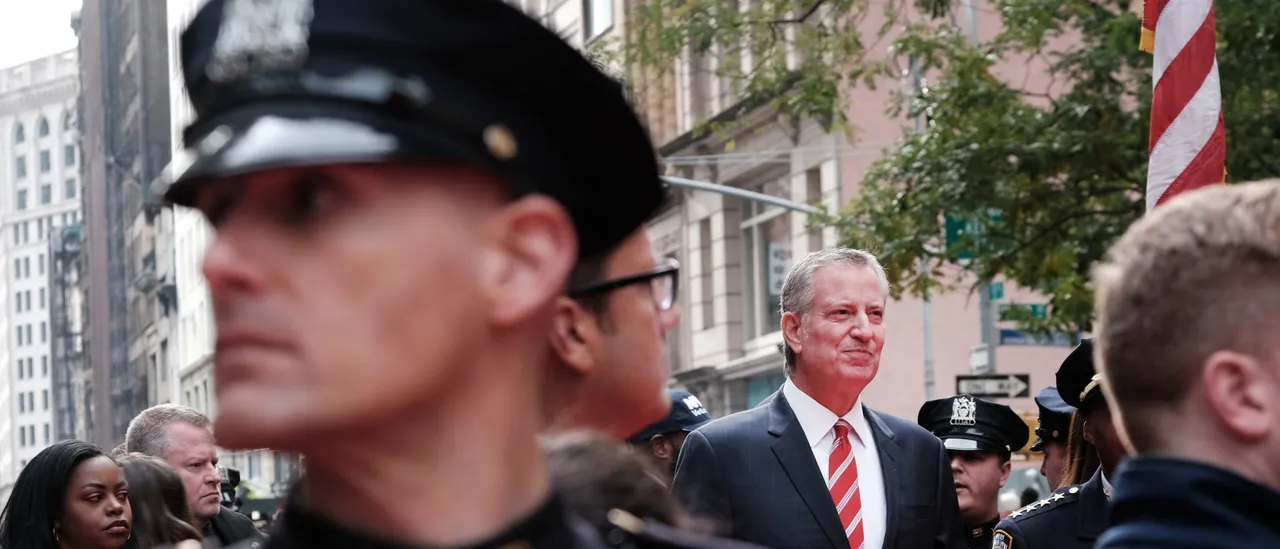Imagine the palpable tension unleashed in a room where the leaders of the world’s two largest democracies, the US and India, sit on opposite ends after not just their external diplomatic ties, but also their personal rapport, had come crashing down. This shocking turn of events not only raises political uproar, but also flags concerns about potential impacts on global politics. It seems complex international relations, and the individual characteristics of two dominant world leaders, President Donald Trump and Prime Minister Narendra Modi, have combined to spark off a chain of events leading to the current status quo.
The very foundation of President Donald Trump’s personal relationship with Indian Prime Minister Narendra Modi was based on mutual respect and an admiration for each other’s audacity and strong assertive leadership. Both leaders, known for their boldness, reflected a kind of ambivalent deference towards each other. In the beginning, the camaraderie between them promised stronger ties between their respective nations. However, in an unexpected twist of events, diplomatic trips to China and Russia reportedly triggered the collapse.
Healthily engaging international relations form a bulwark of any country’s foreign policy, hence Trump and Modi’s visits to China and Russia were a part of diplomatic overtures. However, the aftermath seemed to have fostered a discord between these two “previously” friendly leaders. Let’s delve deeper into the subtopics that highlight the reasons and implications of this downfall.
The first key point to understand Trump’s overtly antagonistic stance toward Modi post these visits involves issues of global trade and geopolitical rivalry. The primary signs of discordance appeared when Trump’s administration decided not to renew India’s exemption from high steel and aluminum tariffs. This was in response to Modi’s announcement of India’s plans to buy S-400 air defense systems from Russia, and its refusal to shut out Huawei, the Chinese telecommunications company, from its 5G networks.
In parallel, another key point also contributed to the fraying of their personal relations. From the get-go, Trump, known for his “America First” approach, seemed irked by Modi’s robust embrace of “multi-alignment” – prioritizing India’s national security and economic interests by building multiple, sometimes overlapping, partnerships. For Trump, this was regarded as betwisting the alliance with the US. The culmination of these factors escalated tension between them.
According to sources, the visit to Russia became the tipping point that severed the personal ties between Trump and Modi. Given the past history of strained US-Russia relations, such a move from the Indian side possibly represented a counterbalance strategy, which did not sit well with the Trump administration.
The fallout of this desolate personal relationship may inevitably have geopolitical repercussions. It casts doubt over the future trajectory of Indo-US relations and poses potential impacts on international peace, defense systems, and trade.
In conclusion, the breakdown of the personal relationship between President Donald Trump and Prime Minister Narendra Modi reflects the intricate dynamics of global politics. It underscores how the personal rapport between global leaders can channel diplomatic paths, influencing the equilibrium of international relations. Even as individual countries endeavor to put their national interests first, the personal alliances between their leaders undeniably play a crucial role in determining the spirit and the future of global cooperation.




